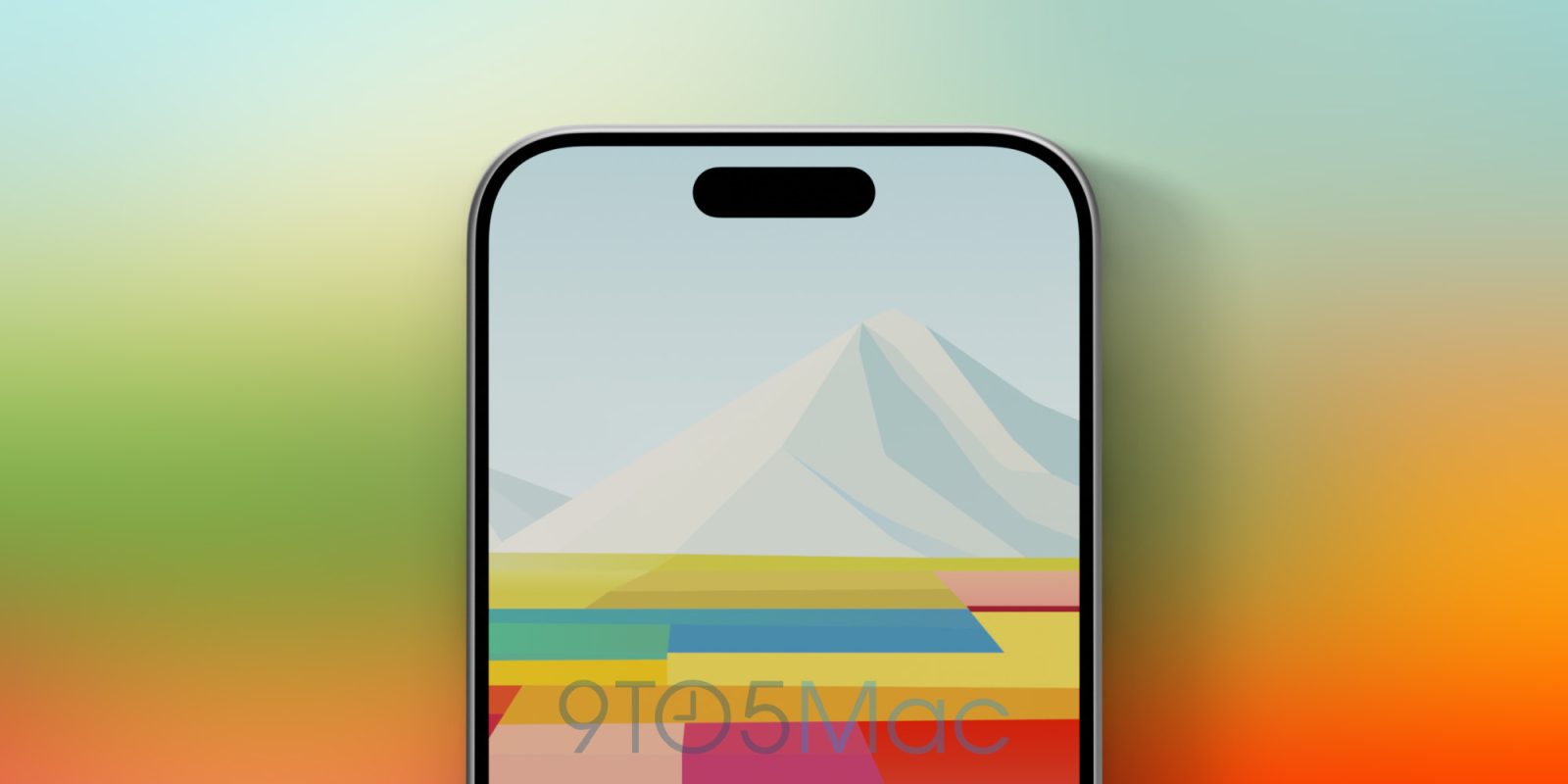
With the iPhone 15 launch this fall, Apple is expected to bring the Dynamic Island to the entire lineup for the first time. In conjunction with this, the company is also reportedly planning to move the iPhone’s proximity sensor inside the Dynamic Island.
The primary purpose of the proximity sensor is to shut off the screen when a user holds their phone up to their ear. It also plays a role in optimizing the Always-On Display of the iPhone 14 Pro and iPhone 14 Pro Max.
iPhone 15 Dynamic Island changes
Reliable Apple analyst Ming-Chi Kuo was first to report on this change. According to Kuo, the iPhone 15’s proximity sensor “is situated within the Dynamic Island.” This change will reportedly have no impact to the Dynamic Island area itself.
Currently, the proximity sensor on the iPhone 14 Pro is located underneath the iPhone’s display, outside of the Dynamic Island. Kuo explains:
While all iPhone 15 models adopt a similar Dynamic Island design as the iPhone 14 Pro, the difference lies in the placement of the proximity sensor. In the iPhone 14 Pro, the proximity sensor is located under the display (outside the dynamic island). Conversely, in the iPhone 15 series, the proximity sensor is situated within the dynamic island, with almost no change to the Dynamic Island area.
Leaker Unknownz21 on Twitter corroborated this change in a separate post on Twitter, saying that the change applies to the both the iPhone 15 and iPhone 15 Pro. This is apparently codenamed “Sphinx” and part of the “Single Pearl Module.” Pearl is what Apple refers to Face ID as.
Additionally, Kuo adds that Apple supplier Finisar will supply the company with 940n wavelength proximity sensors for the iPhone 15 – compared to the current 1380nm proximity sensors used in the iPhone 14 Pro.
9to5Mac’s Take
This is one of those rumors that’s clearly based on supply chain chatter, making it hard to know what (if anything) it means for the end user. If true that it’s part of the Face ID stack, then it could theoretically mean the iPhone 15 offers improved Face ID performance in one way or another.
The more likely scenario, in my opinion, is that this is a change Apple is making for manufacturing or cost-cutting purposes.
Keep up with the latest iPhone 15 rumors in our full guide, which is continually updated with new stories.
Follow Chance: Twitter, Instagram, and Mastodon
FTC: We use income earning auto affiliate links. More.




Comments